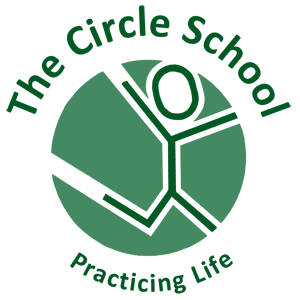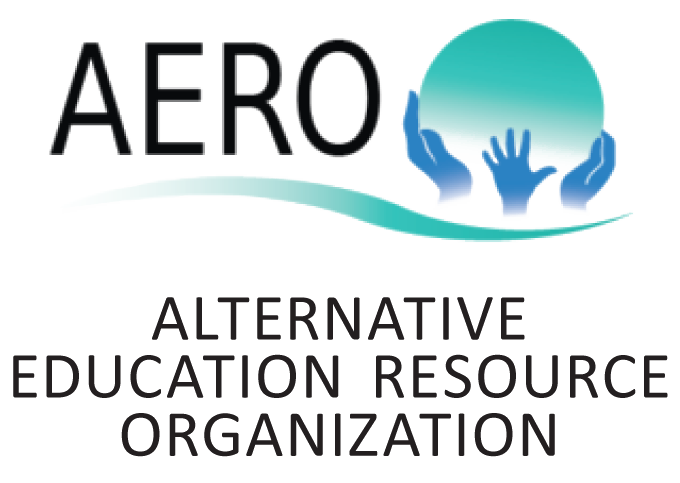Drag-alongs, tag-alongs, stumble-ons, and happenings
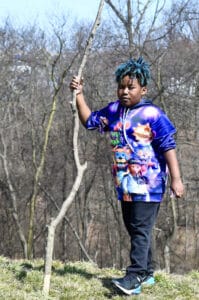 The Circle School describes itself as “self-directed” education, but that term can be misleading. Talking about student freedom, initiative, and self-direction sometimes creates the impression that each student is on their own to make things happen. Parents sometimes wonder “What if my child isn’t self-motivated or has little initiative?” Hearing that the school does not require classes, homework, or testing can add to a picture of an aimless free-for-all or a student who does nothing all day, because they can’t think what to do or they don’t know what they might be interested in. Nothing could be further from the truth!
The Circle School describes itself as “self-directed” education, but that term can be misleading. Talking about student freedom, initiative, and self-direction sometimes creates the impression that each student is on their own to make things happen. Parents sometimes wonder “What if my child isn’t self-motivated or has little initiative?” Hearing that the school does not require classes, homework, or testing can add to a picture of an aimless free-for-all or a student who does nothing all day, because they can’t think what to do or they don’t know what they might be interested in. Nothing could be further from the truth!
Hoping to convey a more accurate picture, I sometimes say that most of what happens at school is chosen by students from campus resources or emerges from interest groups — “corporations” as we call them, such as in art, science, gardening, music, and a dozen more. I might mention cooking contests, rocket building, backpacking trips, book discussion groups, video game tournaments, feeding the chickens, and so on (such as pictured here and here). I usually say that school government and administration come into play, too — such as Chore Committee, Library Committee, Judicial Committee, and development of legislative proposals for our lawbook with its hundreds of rules.
It’s true that we highly value autonomy and independence, and student choice is really real at The Circle School, but everyday human dynamics, such as the following, do not depend on each student’s original ideas and initiative. Instead, the lively buzz of an active community of people of all ages stirs up endless variety and opportunity.
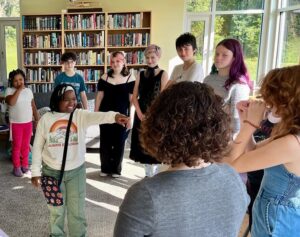 Drag-alongs. Often a student says to a friend (or two or three or many) something like “Let’s go do [whatever].” The friend may resist — disinterested or unexcited — but goes along anyway, venturing into something they would not otherwise think of or choose. The activity has thus originated in student initiative — one student’s idea, affecting the dragged-along parties. The self-directed choice to accompany a friend exposes the less interested or non-initiating student to something that might turn out well (by whatever measure you care to apply).
Drag-alongs. Often a student says to a friend (or two or three or many) something like “Let’s go do [whatever].” The friend may resist — disinterested or unexcited — but goes along anyway, venturing into something they would not otherwise think of or choose. The activity has thus originated in student initiative — one student’s idea, affecting the dragged-along parties. The self-directed choice to accompany a friend exposes the less interested or non-initiating student to something that might turn out well (by whatever measure you care to apply).
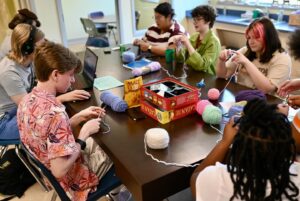 Tag-alongs. Instead of being reluctant and persuaded, a friend hears what’s up and asks to go along. The tag-along posture can be ideal for someone who is curious but doesn’t want the leadership responsibility that goes along with initiating an action. Furthermore, the casual tag-along can more easily bow out after their curiosity is satisfied but before the episode is concluded.
Tag-alongs. Instead of being reluctant and persuaded, a friend hears what’s up and asks to go along. The tag-along posture can be ideal for someone who is curious but doesn’t want the leadership responsibility that goes along with initiating an action. Furthermore, the casual tag-along can more easily bow out after their curiosity is satisfied but before the episode is concluded.
 Stumble-ons. At The Circle School, interior doors are mostly glass. Cruising around the building, you readily see what’s going on — literal transparency. Who knows what you might stumble on, join in, and find useful? Sometimes it’s not appropriate to join in, and there is no automatic right to do so, but often everyone is welcome. Art projects, backyard games, and science experiments are examples.
Stumble-ons. At The Circle School, interior doors are mostly glass. Cruising around the building, you readily see what’s going on — literal transparency. Who knows what you might stumble on, join in, and find useful? Sometimes it’s not appropriate to join in, and there is no automatic right to do so, but often everyone is welcome. Art projects, backyard games, and science experiments are examples.
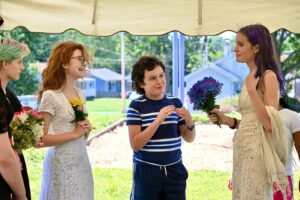 Happenings. When the Science Corporation holds its periodic rocket launchings, or the Video Games Corporation sponsors a Super Smash Bros. tournament in the Commons, it draws a crowd. When School Meeting is considering something juicy — like The Hour Of No Rules (here and here) or a sleepover at school — everybody seems to be drawn into the talk, for days or even weeks. Happenings are widely attended or talked-about school-day occasions and currents. Happenings stir the cultural stew in one exciting way or another, awakening some students to new ideas and possibilities.
Happenings. When the Science Corporation holds its periodic rocket launchings, or the Video Games Corporation sponsors a Super Smash Bros. tournament in the Commons, it draws a crowd. When School Meeting is considering something juicy — like The Hour Of No Rules (here and here) or a sleepover at school — everybody seems to be drawn into the talk, for days or even weeks. Happenings are widely attended or talked-about school-day occasions and currents. Happenings stir the cultural stew in one exciting way or another, awakening some students to new ideas and possibilities.
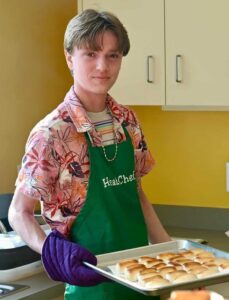 Some happenings are planned and organized: lip-sync contest, Halloween dance, talent show, dozens of field trips. Anyone can think one up and bring it to life, but sometimes they pop up spontaneously, such as a large-scale Capture the Flag game or rolling a snowball so large it takes ten people to push it to the rim of the big hill, and then over the edge.
Some happenings are planned and organized: lip-sync contest, Halloween dance, talent show, dozens of field trips. Anyone can think one up and bring it to life, but sometimes they pop up spontaneously, such as a large-scale Capture the Flag game or rolling a snowball so large it takes ten people to push it to the rim of the big hill, and then over the edge.
Drag-alongs, tag-alongs, stumble-ons, and happenings are serendipitous artifacts of friendship, imagination, people in proximity, flowing culture, access to resources, and time to explore. Maybe instead of “self-directed,” we should just call it “practicing life.”
[Adapted from the book When Kids Rule the School by Jim Rietmulder]
